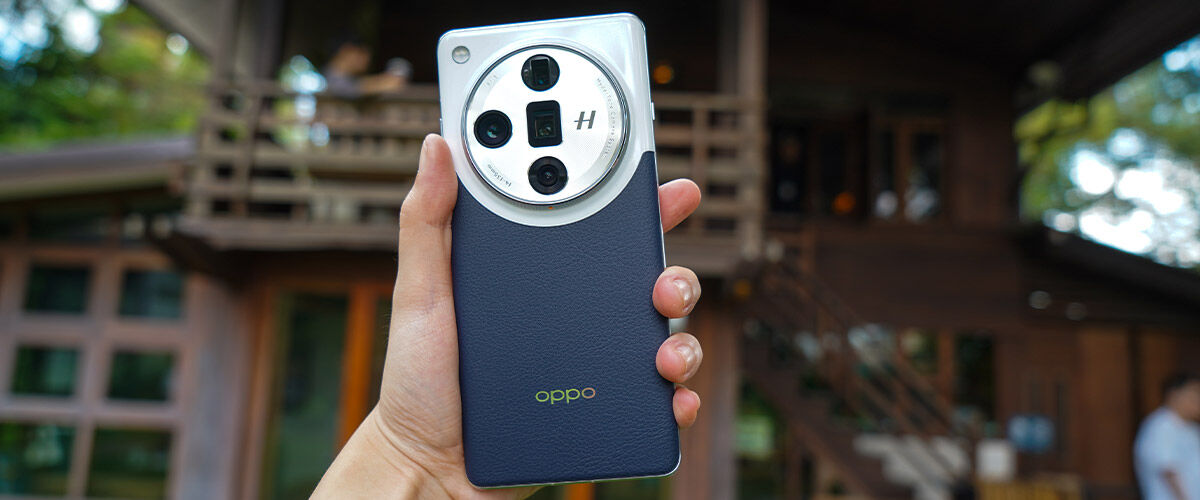Some 10 years ago, it’d have been difficult to imagine the evolutionary heights of mobile photography. The difference between the image quality on smartphones and full-fledged cameras like DSLRs was stark back then, and it always seemed as though the catch-up game would never end.

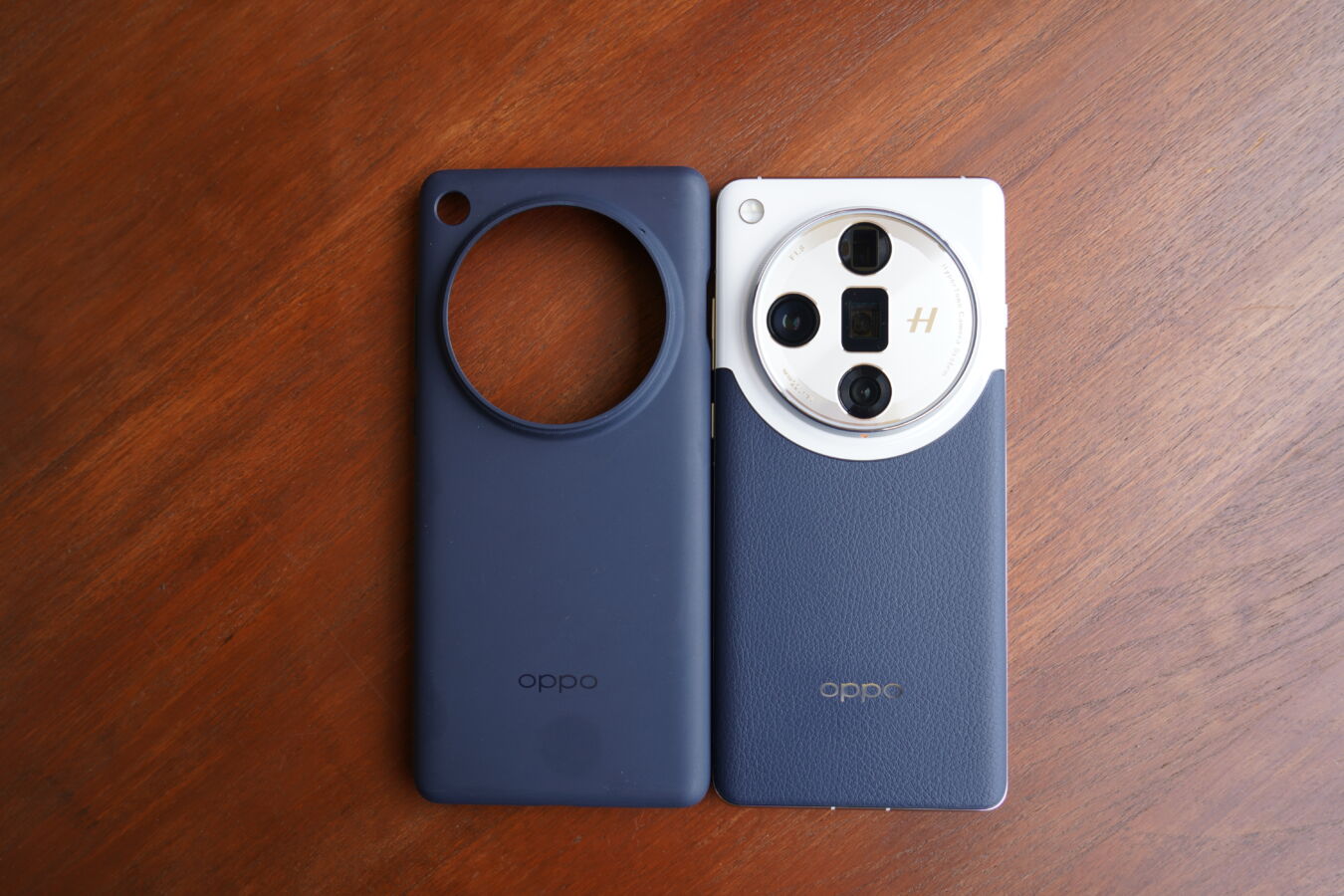
Things are different now. While handsets still cannot replace the full expertise and functionality of pro-grade equipment, the gap between them is growing narrower with time. Oppo is certainly no stranger to blurring the lines between mobile and traditional photography, with the camera capabilities of last year’s Find X6 Pro leaving competition in the dust.
Back for another round of redefining experiences is its successor, the Oppo Find X7 Ultra. The device has been upgraded to a four-camera system that features two periscope cameras – a world’s first – alongside a 50-megapixel (MP) wide and ultrawide camera. The wide camera is also the first to house the second generation of its previous 1-inch sensor, allowing for more power efficiency and next-gen computational performance.
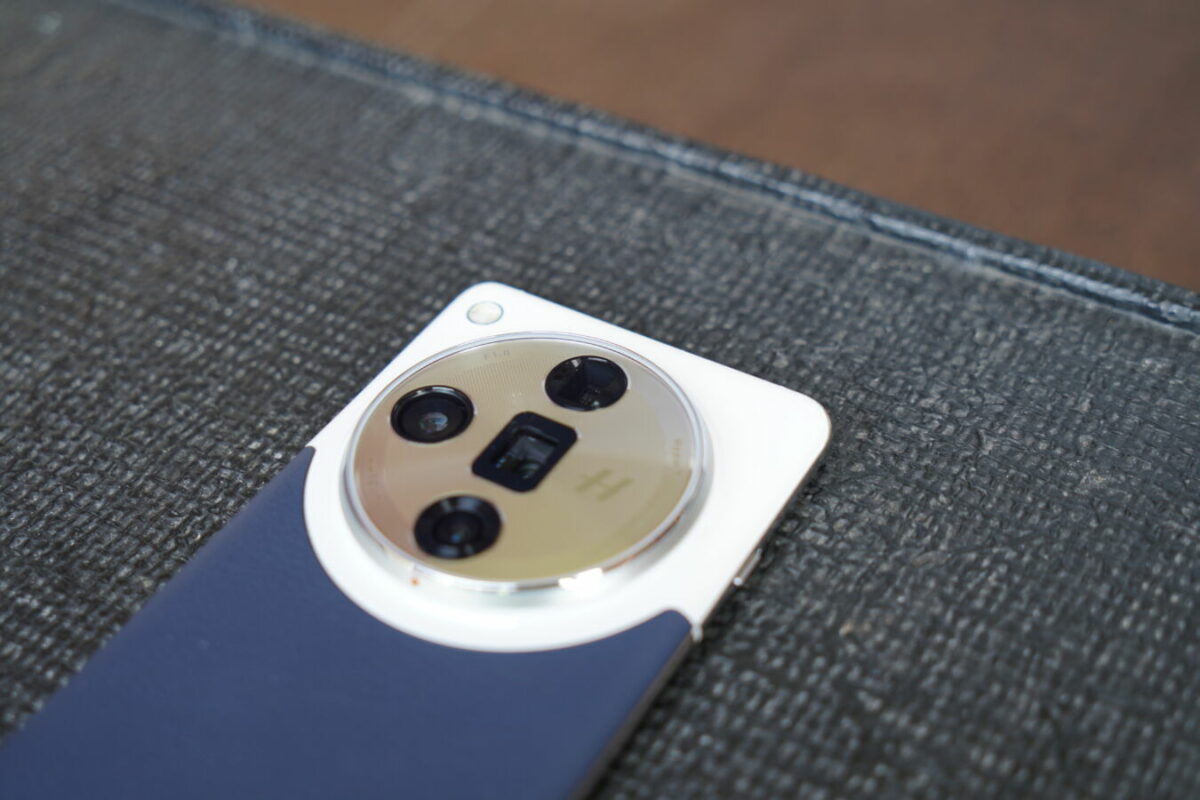
For those who prefer a breakdown of the specs, knock yourselves out:
- 50MP, f/1.8, 23mm (wide), 1.0″-type, 1.6µm, multi-directional PDAF, Laser AF, OIS
- 50 MP, f/2.6, 65mm (periscope telephoto), 1/1.56″, 1.0µm, 2.8x optical zoom, multi-directional PDAF (25cm – ∞), OIS
- 50 MP, f/4.3, 135mm (periscope telephoto), 1/2.51″, 0.7µm, 6x optical zoom, dual pixel PDAF (35cm – ∞), OIS
- 50 MP, f/2.0, 14mm, 123˚ (ultrawide), 1/1.95″, 1.0µm, PDAF
Like before, the Oppo Find X7 Ultra continues to harness the power of Hasselblad. The new Hasselblad Portrait Mode captures at four fixed focal lengths, 23mm, 44mm, 65mm, and 135mm with minimal shutter lag, producing cinematic bokeh with foreground and background depth. Meanwhile, the Hasselblad Master Mode offers access to advanced controls like manual ISO, shutter speed, EV, focus, and white balance, as well as saturation, contrast, sharpness, and vignette control when capturing in JPEG format.
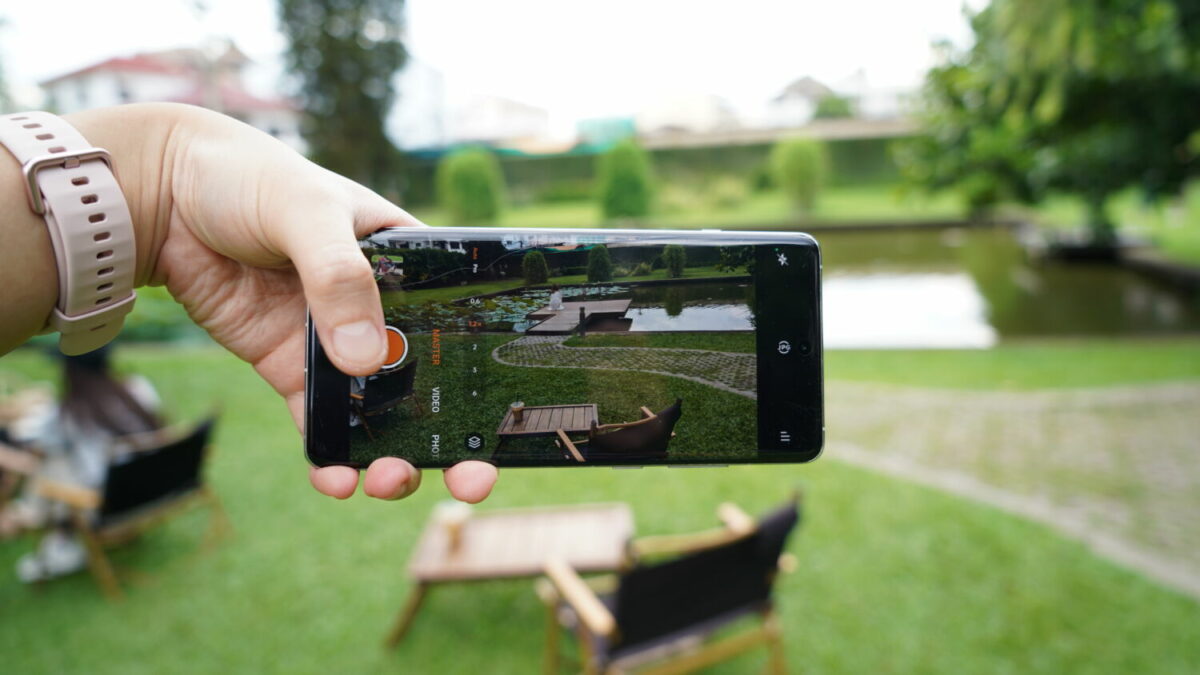
Together with natural colour calibration and various additional features, the phone takes stunning images in both low-light and bright conditions effortlessly. It’s a magnificent sight to behold – expect crisp, sharp detail, accurate and vibrant colours, well-adjusted exposure, delicious bokeh, and highly impressive subject detection, all from point-and-shoot ease.
Portrait Mode is easily a standout feature, but don’t let that get in the way of exploring the myriad of other tools. The XPan Mode, for instance, brings a filmic, atmospheric quality to images, while Master Mode affords photographers a considerable bit of freedom to play around with their shots.

Ultimately, seeing is believing. A two-day trip to Chiang Mai in Thailand presented plenty of photo-taking opportunities, and suffice to say, the Oppo Find X7 Ultra is a beast in every sense of the word, once again exceeding expectations to continue its reign as smartphone camera royalty. The series of snapshots below serves as proof of its prowess – more so, in fact, as no edits have been made:

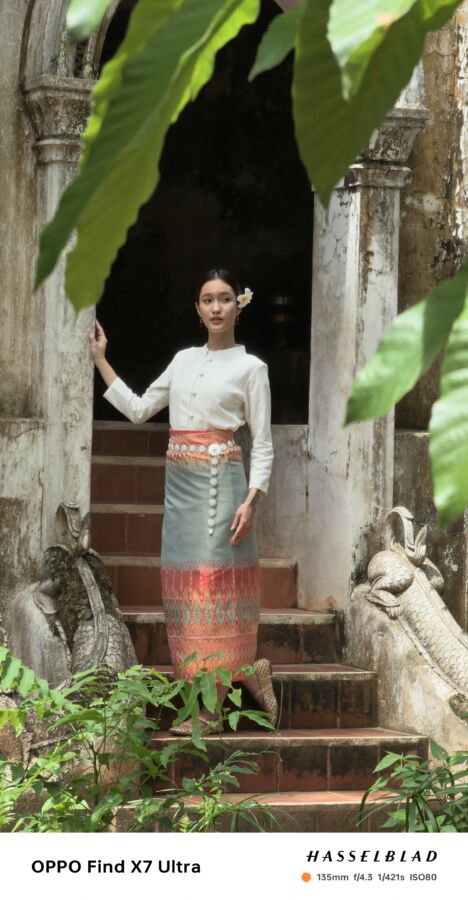


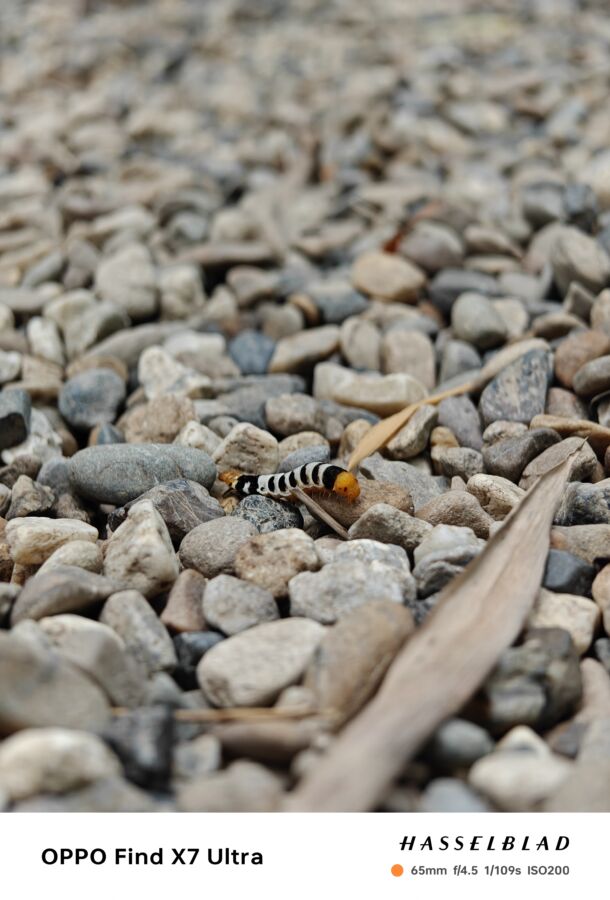

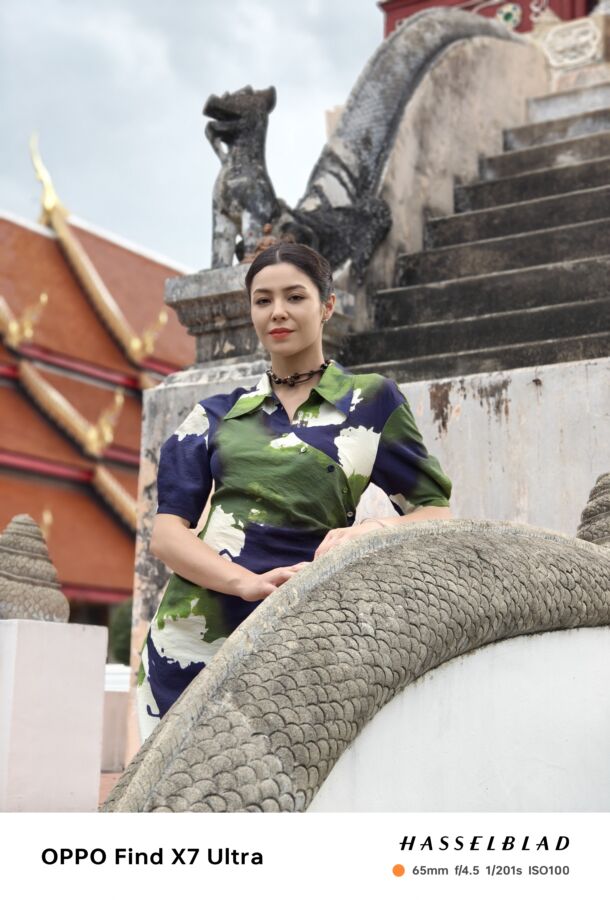
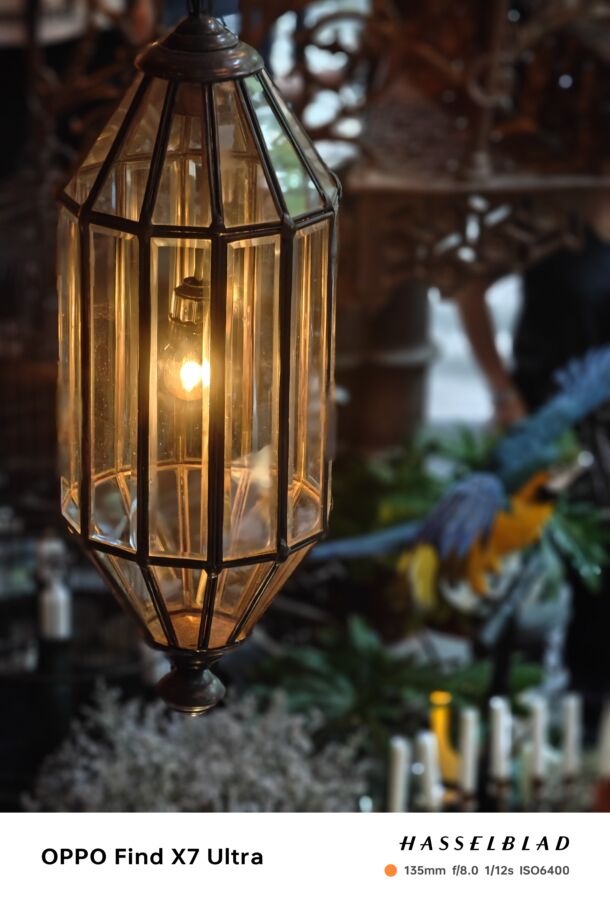


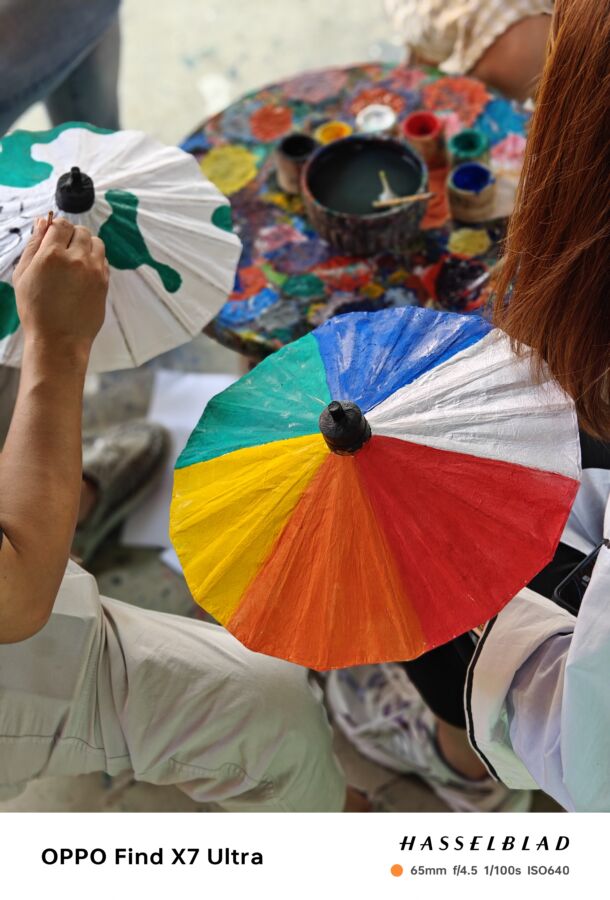

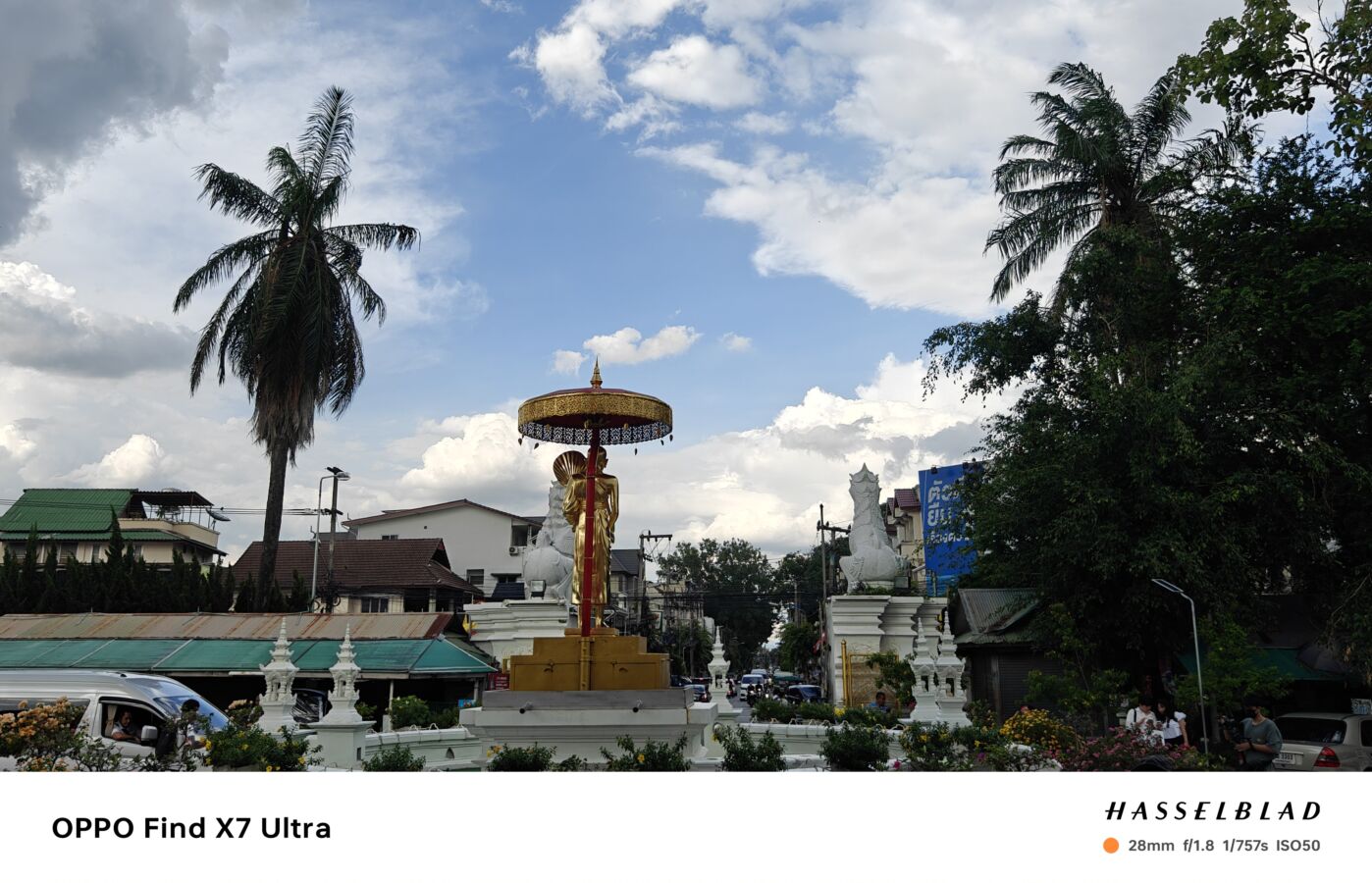
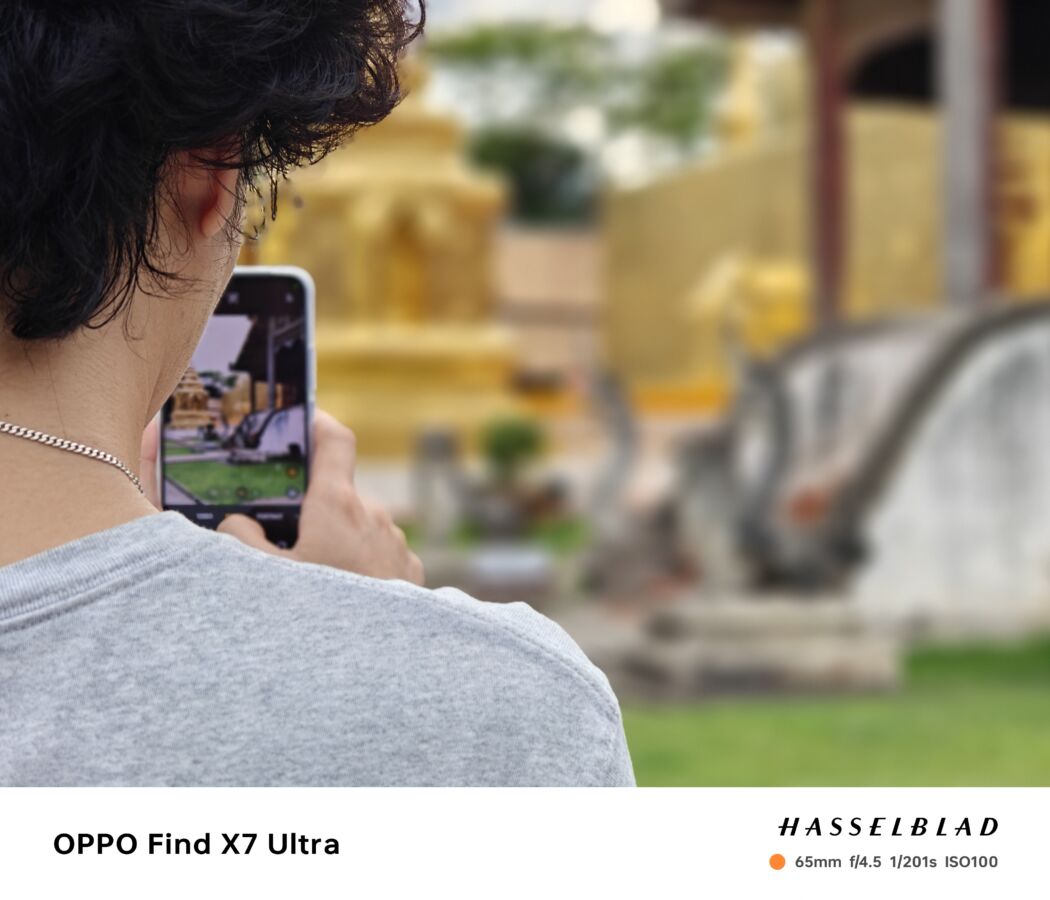
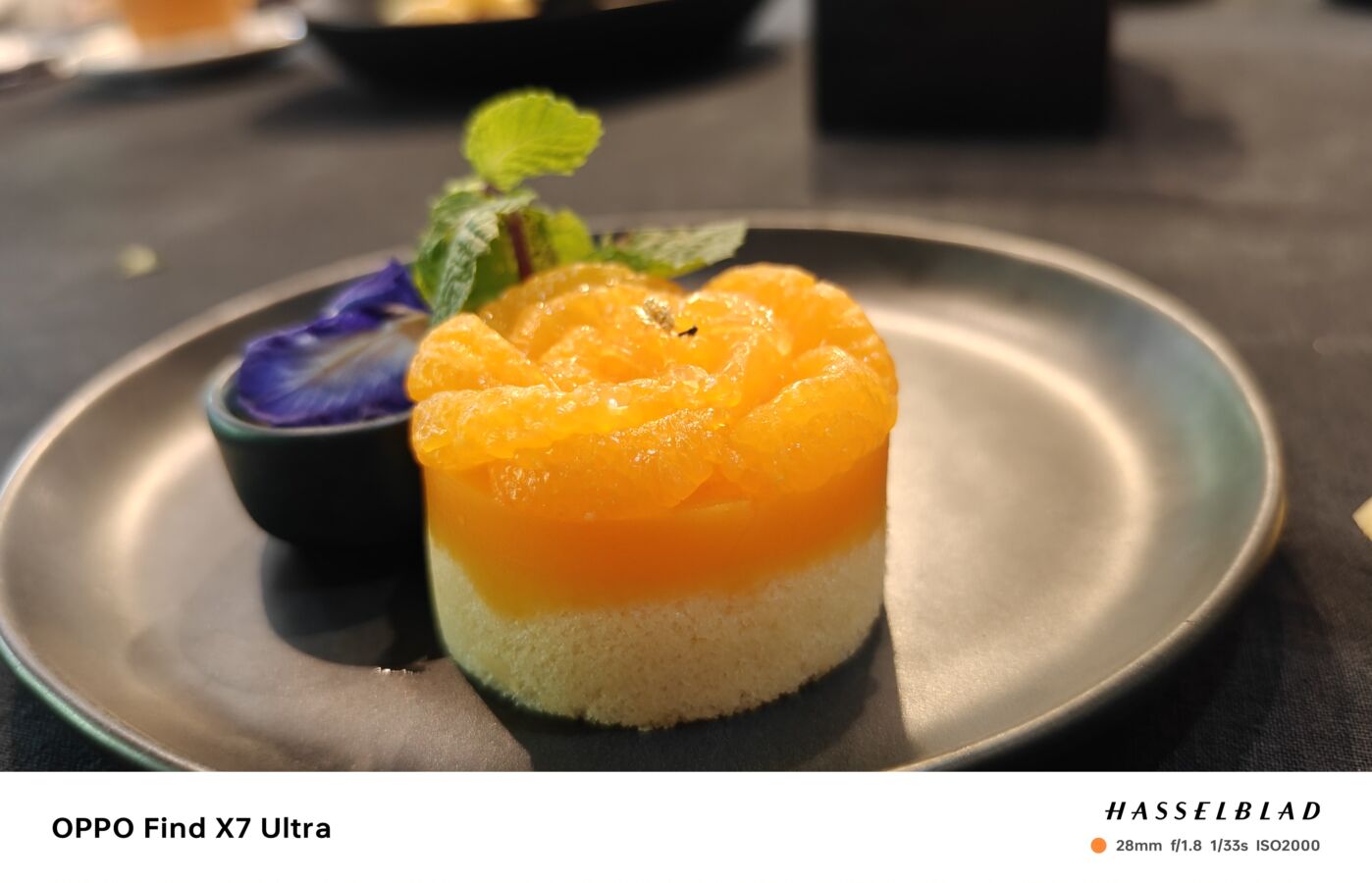
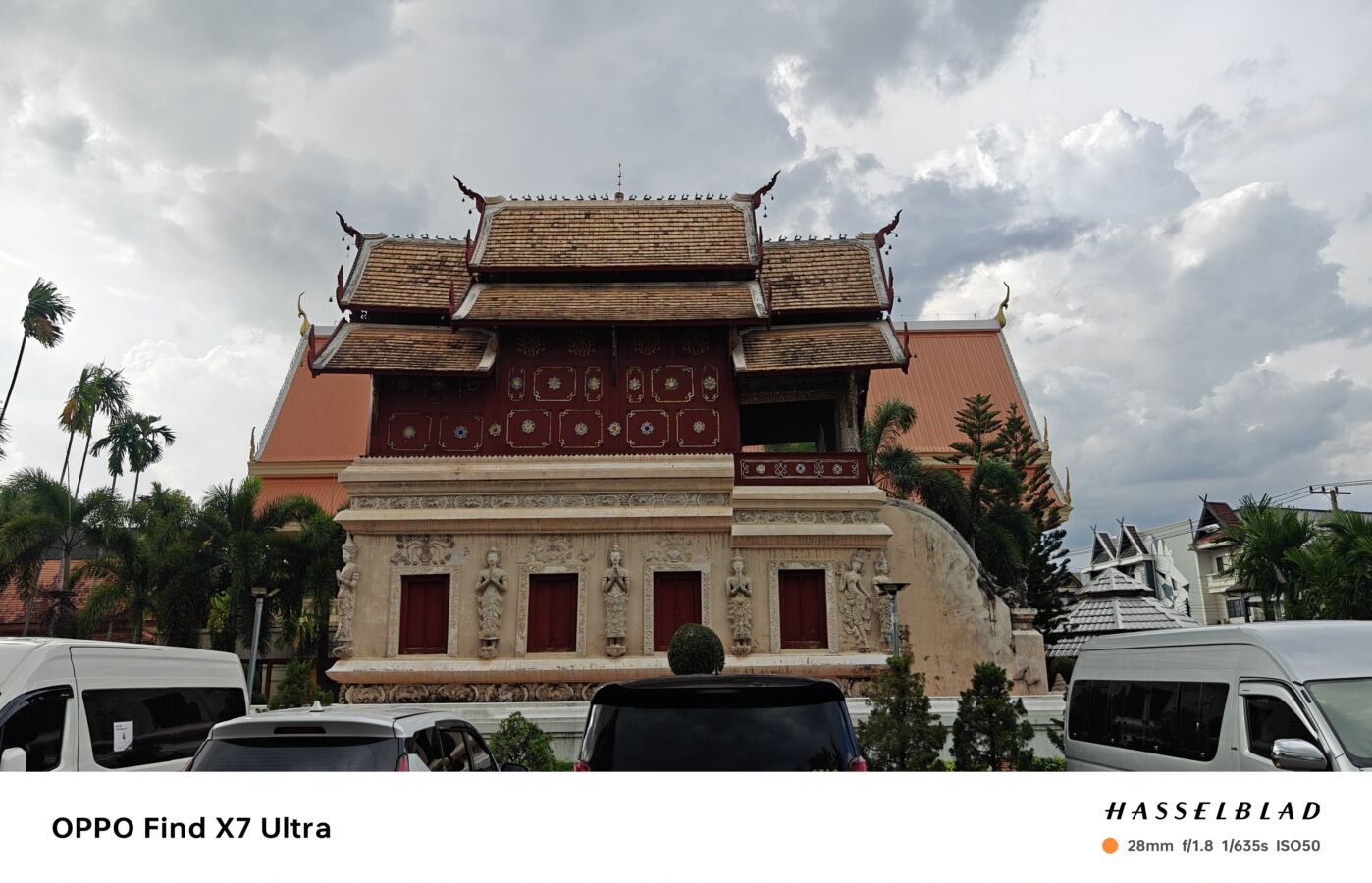
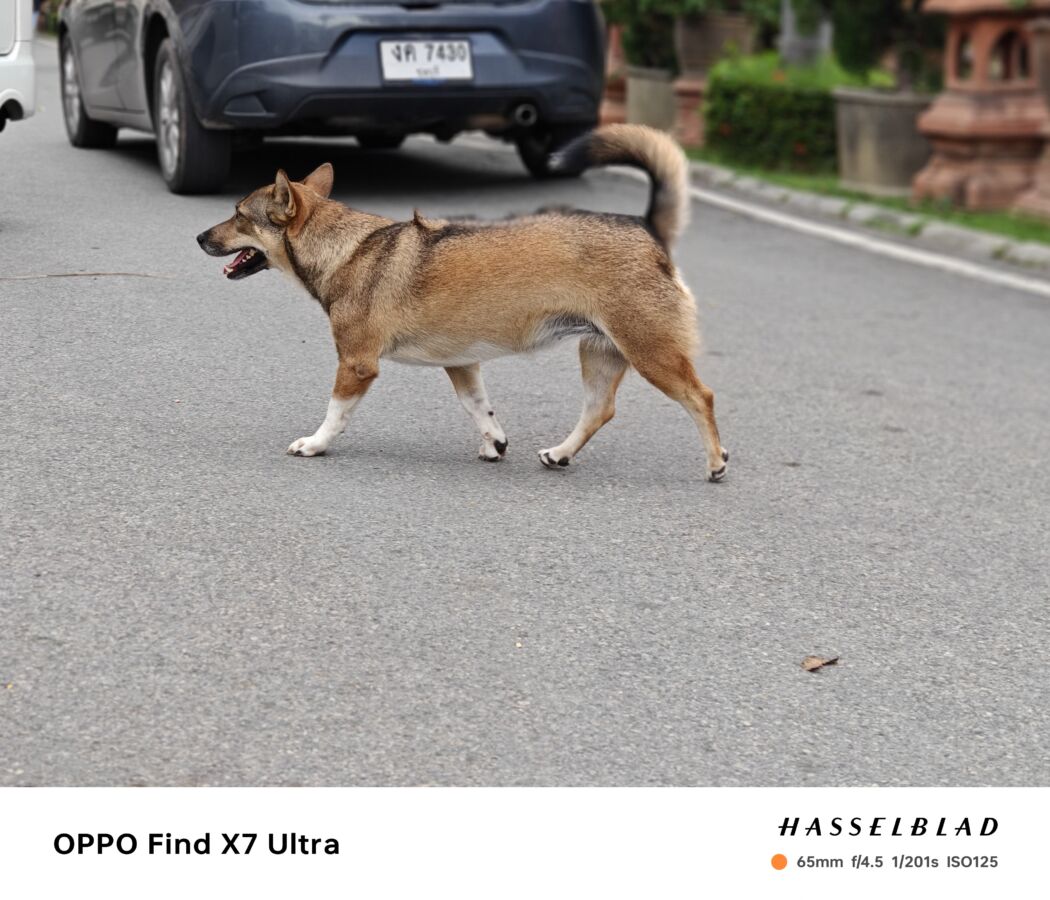
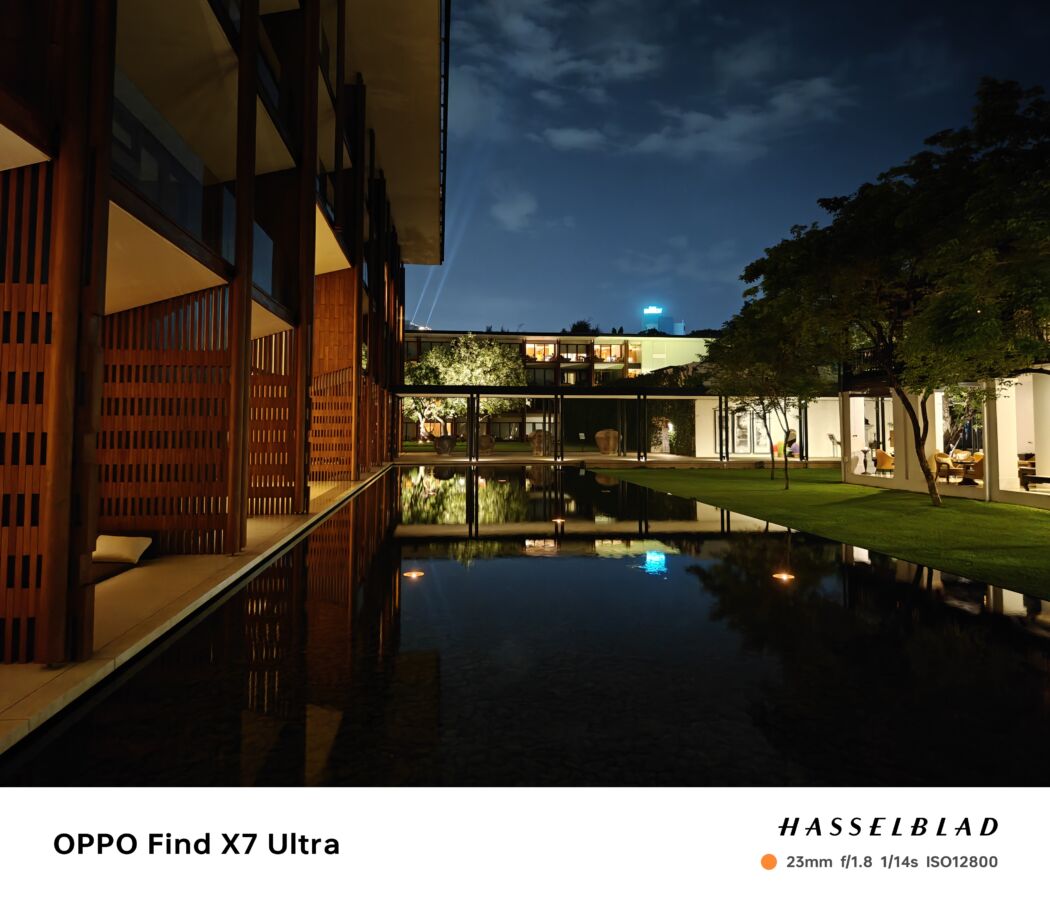
The handset’s expertise may be in photography, but its day-to-day performance is no slouch either. The Oppo Find X7 Ultra pairs a Qualcomm Snapdragon 8 Gen 3 chip with an Adreno 750 GPU, joining a 120Hz AMOLED display with 3,168 x 1,440 resolution and a 5,000mAh battery. Like its predecessor, it won’t be available in Singapore; interested parties, however, can purchase it online via Amazon, Shopee, and Lazada, and install Google Play Store on their own.
Here’s to hoping that the next iteration makes it to the global stage. If not, then at least Oppo has shown that it’s possible to enjoy pro-level photography without breaking the bank.

